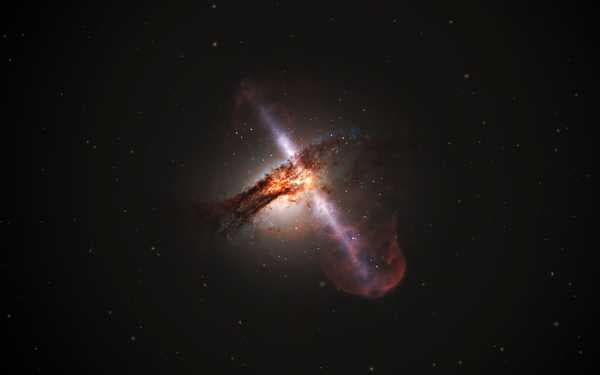
The majority of images of black holes illustration. Here’s what our telescopes actually capture.
In the near future we can see it up close for the first time.
At
Brian Resnick@B_resnick
Updated
April 7, 2018,, 11:41am EDT
Share
Tweet
Share
Share
The majority of images of black holes illustration. Here’s what our telescopes actually capture.
tweet
share
In flipboard
Utterly dense, deep and powerful black holes to reveal the limits of physics. Nothing can escape nobody, not even the light.
Although black holes excite the imagination like few other concepts in science, the truth is that the astronomer did not see anybody. We “heard” them, so to speak, as scientists have recorded gravity waves (literal ripples in space-time) emanating from black holes that collided with each other billions of years ago.
But any photo you saw a dark mass warp space-time … well, it’s just an illustration. Like this one:

This may soon change. An ambitious global project called telescope event horizon is currently working to piece together the image of a black hole for the first time. And if that happens, it will be a remarkable achievement. Because of how massive black holes, they’re actually incredibly difficult to see up close.
Why not a single astronomer has never seen a black hole in a telescope
Black holes are born when massive stars collapse in on themselves and create in the field of gravity so strong that not even light can escape from his grip. Astronomers also suggest that some black holes may have been formed in the early chaotic Universe after the big Bang.
The biggest problem with trying to see a black hole, even a supermassive (with masses millions of times heavier than our sun) is comparatively small.
“The largest in the sky [is] a black hole in the center of the milky Way,” Dimitrios Psaltis, an astrophysicist at the University of Arizona, explained in the letter. “And take a picture of it would be the equivalent of shooting a DVD on the surface of the moon.”
Moreover, because of their strong gravity, black holes tend to be surrounded by other brightly coloured fabric, making it difficult to see the object itself.
That’s why when Hunting for black holes, astronomers usually do not try to direct observation. Instead, they seek data on the impact of black hole gravity and radiation.
“We typically measure the orbits of stars and gas, which seem to be around very dark spots in the sky and determine how much mass there is in this dark place,” Psaltis says. “If we know of no other astrophysical object that could be so massive and so dark as to what we just measured, we believe this is very strong evidence that a black hole is there.”
However, we have an indirect image of black holes
Some of the best indirect images of black holes come from the Chandra x-ray Observatory. “Friction and high flow rates of material forming out of the black hole, of course, produces x-ray radiation,” Peter Edmonds, an astrophysicist of NASA and specialist in media relations working with Chandra said. And Chandra is a space telescope specifically designed to see those x-rays.
For example, the Chandra Observatory x-ray documented these “burps” coming from the merger of two galaxies of about 26 million light years from us. Astrophysicists suspect that the burp came out of a massive black hole:
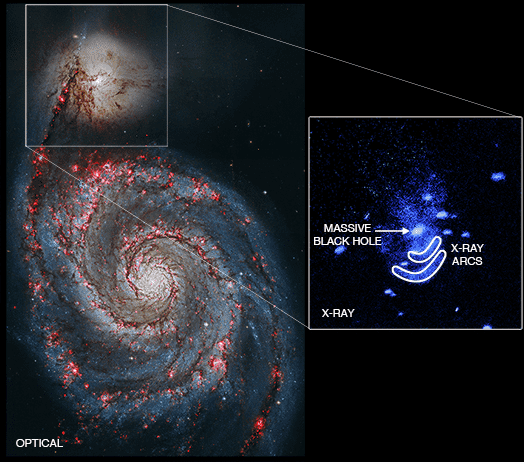
Similarly, balls of fuchsia in this image the regions of intense x-ray radiation, it is believed that black holes that are formed when two galaxies (blue and pink rings) has faced:
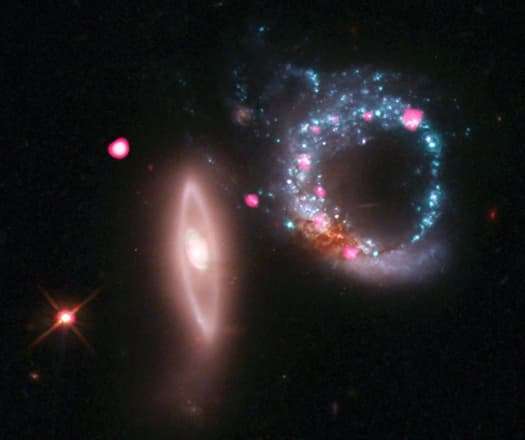
Here are x-rays and sound waves emanating from the Central region of the Perseus cluster of galaxies — more indirect evidence of a black hole:
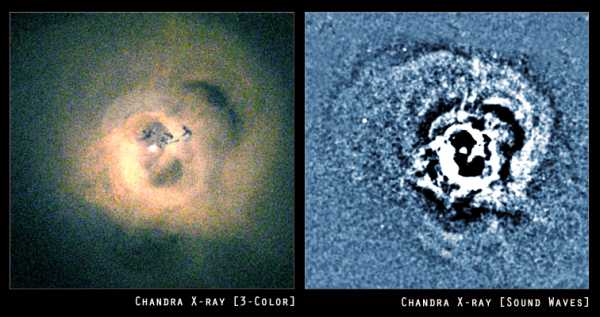
In this GIF the telescope “Chandra” saw a large x-ray flare coming from a black hole, presumably, lie in the center of the milky Way galaxy.
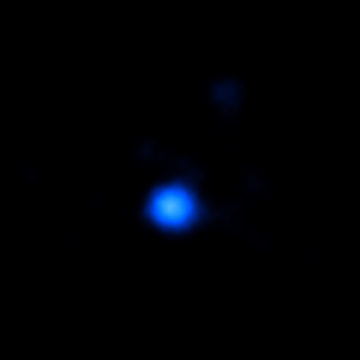
But the thumbnail picture that x-ray flashes.
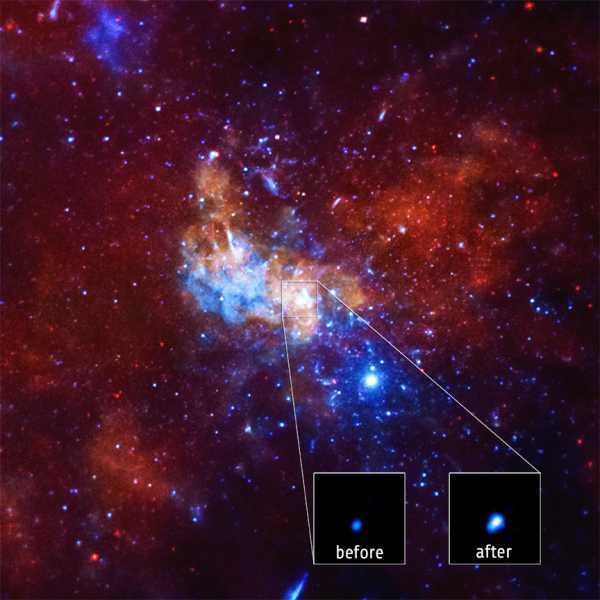
There may even be, as many of the 20,000 small black holes around massive black hole at the center of our Galaxy.
Recently, a team of researchers has found evidence of dozens of black holes within three light years from the galactic center. The following x-ray image, they are blue.
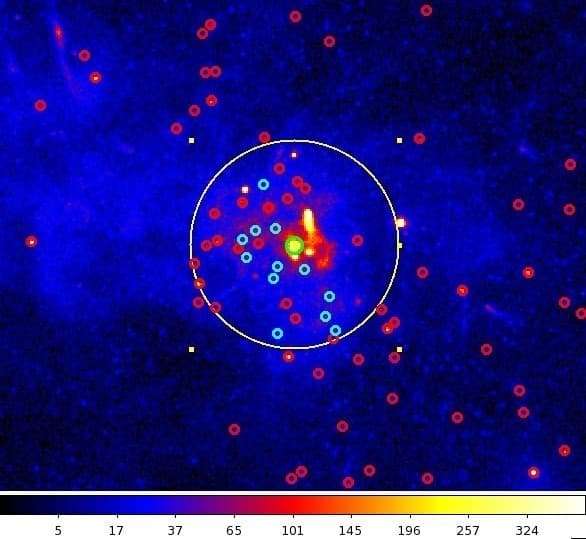
Black holes just output x-ray radiation when they absorb matter (as from a nearby star). But those gorging black holes are actually fairly rare. Most often, the black holes go unnoticed. But the fact that scientists were able to find a dozen of these “bright” of black holes suggests that there are tens of thousands more in this region.
We see a black hole spewing huge amounts of matter in the Universe
This is a composite image (combining data from Hubble and radio telescope) shows jets of energy and matter being ejected from the center of the galaxy Hercules. These jets shoot near the speed of light, demonstrating the awesome destructive power of a black hole.
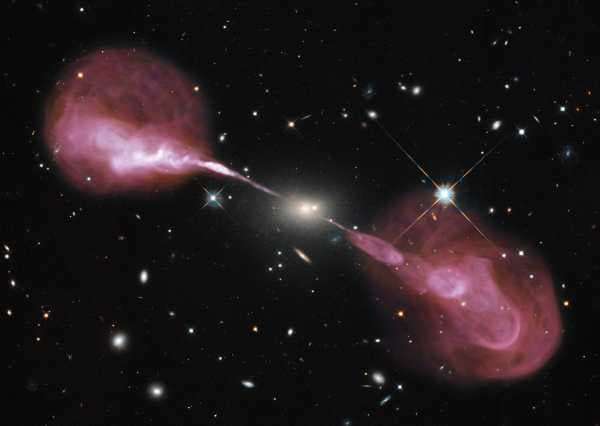
This next picture shows the huge planes, which are believed to be throwing away from the black hole at the center of Centaurus a, a Galaxy 13 million light-years from us. Jet larger than the Galaxy itself.
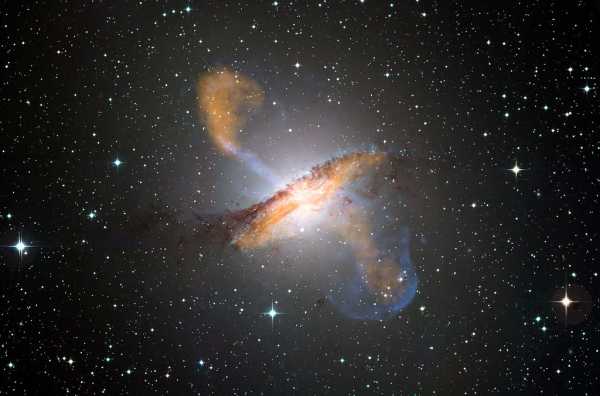
Astronomers have observed stars orbiting black holes are obvious
We cannot see a black hole. But we can observe the effects of extreme black hole gravity on the objects around it. Here is a very cool illustration of that.
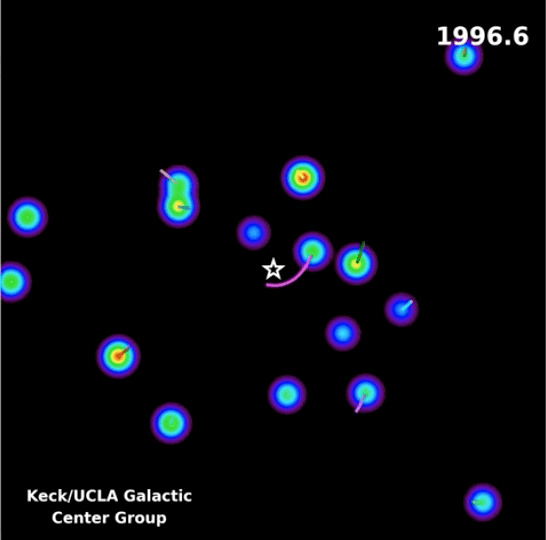
You’re looking at 20 years data on the stars that live near the supermassive black hole at the center of the milky Way galaxy, called Sagittarius A., and Yes the stars many times more massive than our sun spinning it.
Old S2, which is marked in the video with the yellow line, is about 15 times more massive than our sun. This is a great. But it’s nothing compared to a black hole, which is estimated at 4 million times more massive than our sun. Gravity produces an orbit he whips C2 to about 11 million miles per hour, which is about 200 times faster than the Earth revolves around the Sun. (C2 completes one turn for 16 earth years.)
We did not observe this black hole, but scientists suspect that it is, because nothing else can explain the orbits of these stars.
“These orbits, and a simple application of Kepler’s laws serve as the best proof, but for a supermassive black hole with a mass 4 million times the mass of the Sun,” explains University the Galactic of center, which produced the animation.
Here’s another perspective on the same phenomenon. This video includes 16 years of observations from the European southern Observatory. It’s not animation — it’s the real images of stars are accelerated to 32 million. Watch as they dance around a mysterious, empty center.
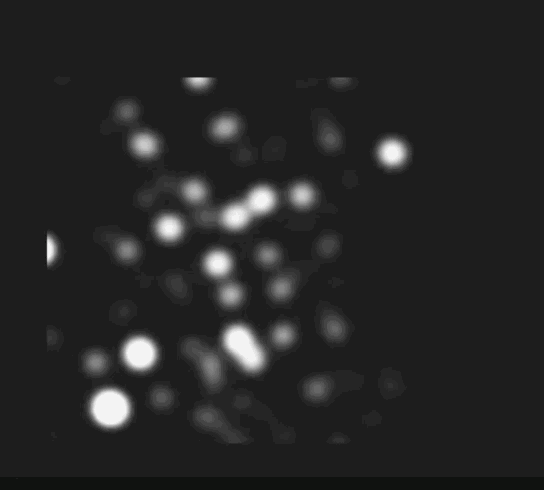
We cannot see a black hole, but. But we can “hear” their collision.
When two black holes collide, they will unleash a massive wave of gravity.
Just as sound waves disturb the air to make noise, gravitational waves disrupt the structure of space to push and pull the matter as though it existed in a Distorting mirror. If there is a large gravitational waves through you, you will see one of your hands to grow more than others. If you were to wear the watch on your wrist, you will see them a tick out of sync.
When two black holes collide, they will unleash a massive wave of gravity. But by the time they reach the Earth 1.4 billion years later, these waves were very weak (like the ripples from a stone dropped into a pond Balde further you get from the stone).
But in the last few years, scientists have been able to listen to these ripples with LIGO and Virgo, are huge, global experiment that can detect these tiny ripples in space-time.
Because the waves LIGO to detect the frequency comparable to the frequency range we can hear, scientists can pump up the volume and translate them into sound. (Yes, that’s not quite what it sounds like, and audio data representation. And, Yes, the event would not have the slightest noise in the vacuum of space.)
Listen to them here.
Very soon we can see a real black hole
Because the black hole at the center of our Galaxy Sagittarius and so is relatively small and surrounded by so much plugging material, it is going to take a huge telescope to see it. In accordance with nature, will require a telescope 1000 times more powerful than the Hubble to get enough resolution to see it.
An international effort called the telescope the event Horizon is an attempt to solve this problem. Conventional optical telescopes use more and more of the mirrors to see objects smaller and further in the Universe. Telescope event horizon does something similar: it creates a virtual telescope the size of the whole Earth.
In April 2017, the team is the event Horizon of linked radio telescopes in different locations around the world — as remote as Hawaii and the South pole — and instructing them all to look in the direction of Sagittarius in a few days. The network is an international collaboration between 14 research institutions around the world.
Together, these eight telescopes have the power to “count the stitches on a baseball from 8,000 miles,” as mit explains. The array is created such a huge amount of data that is much more efficient to get information from each of the telescopes in a centralized repository than it would be to send it over the Internet.
Now scientists are in the midst of sewing all these data together. They hope that the final image will show the event horizon, the boundary beyond which light can not escape. That the event horizon is likely to be surrounded by the accretion disc, a bright, incredibly energetic ring of material that is twisted around the black hole. This may look like.
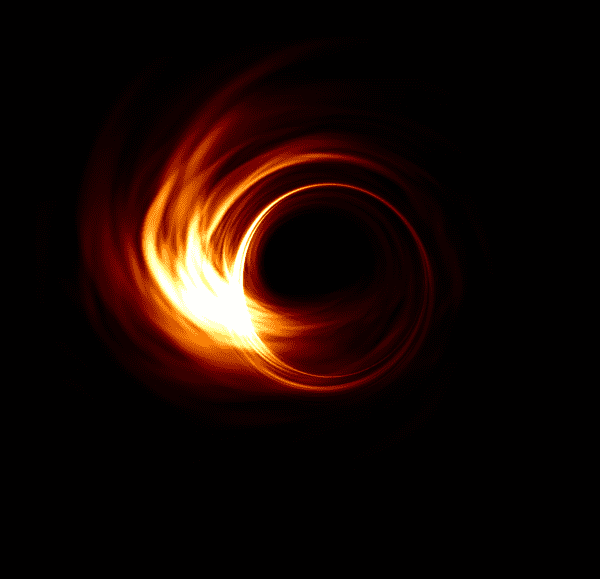
Watch: why every image of a black hole is an illustration of
Sourse: vox.com






